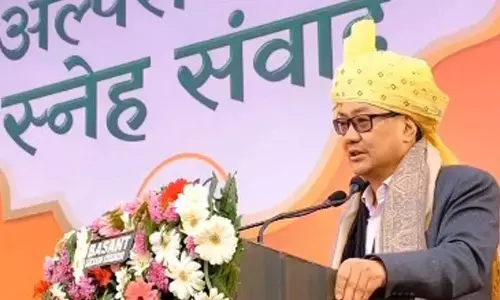The difference between education in real world and virtual world

Presenting, how a metaverse can bring distant places, people, and concepts closer to us
When we think of existence in the Metaverse, a Matrix-like feeling emerges, wherein our avatars thrive while our real bodies are boxed in pods. Many of our impressions of the metaverse are based on this notion. However, through this article, I will be presenting to you how a metaverse can bring distant places, people, and concepts closer to us.
And since each child is different, finding their full potential requires a customised strategy that allows pupils to make errors and learn from them.
Virtual experiences have no boundaries
Virtual reality is probably not the first thing that springs to mind when you think about a metaverse for higher education. Online learning has revolutionized the face of education in recent years by serving as a supplement to traditional techniques, allowing individuals to learn from a distance, with ample flexibility with regard to time and pace, from the best educators at a cost that would be a fraction of what would be incurred if the same experience was offline. It has the potential to broaden the existing concept of online universities by providing students with easy accessibility and trusted digital recognition to meet specific regional academic requirements of the world's most cutting-edge campuses.
Today, students can learn from the best, irrespective of their geographical location. For example, some students recently took a leadership course from the United Nations Institute of Training and Research, straight from Geneva, without moving an inch from their desks at their homes in India.
This experience would have cost them a few lakhs if they had visited physically. More such examples include medical students using VR techniques to put their hands into practice for their experiments. There is no need or requirement to buy or carry heavy books.
In the present times, students from across the country take mentorship sessions and then publish a high-quality book that is now selling in bookstores. The point is simple. Real experiences are limited to locations and geographical regions. Virtual experiences know no bounds. It opens several previously closed doors to learning and grasping new topics. Metaverse education is affordable and easily accessible within comfort.
Many teachers are moving away from textbooks and making presentations in class. Virtual worlds enable teachers to create simulations and share content that does not only use visual and auditory skills; they offer hands-on and customized experiences, thus involving a multi-sensory approach, making learning fun and long-lasting.
Virtual worlds also allow students to collaborate with others from different diasporas, thus offering them way more than what traditional education does.
Outcome oriented approach
The low cost and time-to-action factor allow people to research, co-create, and innovate. It also enables students to explore new arenas and make bold choices. The tracking of the performance of the student is recorded at the moment, he/she inputs, whereas it only gets analyzed in reality when a teacher gets to see it.
For example, if a student wants to become a historian, he can actually visit all museums across the world, in the metaverse. He/She can create his own NFTs and see if his talent has any. He/She can quickly run programs and fail faster, thus making him more innovative a more intensive learner.
The virtual world is a good supplement to the real world
There is no doubt in our minds that the real world cannot be replaced. We all see merit in touching, smelling, and feeling the world around us. The importance of physical education can never be underestimated because it is the easiest way to connect with a child. Building their body language requires a physical presence, but how much help will it be for the child if he/she can fulfill their desires via virtual reality? Hereby, the virtual world can be a good supplement to our existing world of education, ensuring quality teaching, tangible outcomes, and integrated interactive experiences. And all this, at a fraction of the cost.
Well-designed immersive environments with a straightforward method of interaction provide far more concentrated and interesting learning sessions. And be it real or virtual, the concern is to advance educational methods in a way that is accessible to every child. That is the secret to academic success. That is the secret to living a full life.
(The author CEO & Co-Founder, STEM Metaverse)














